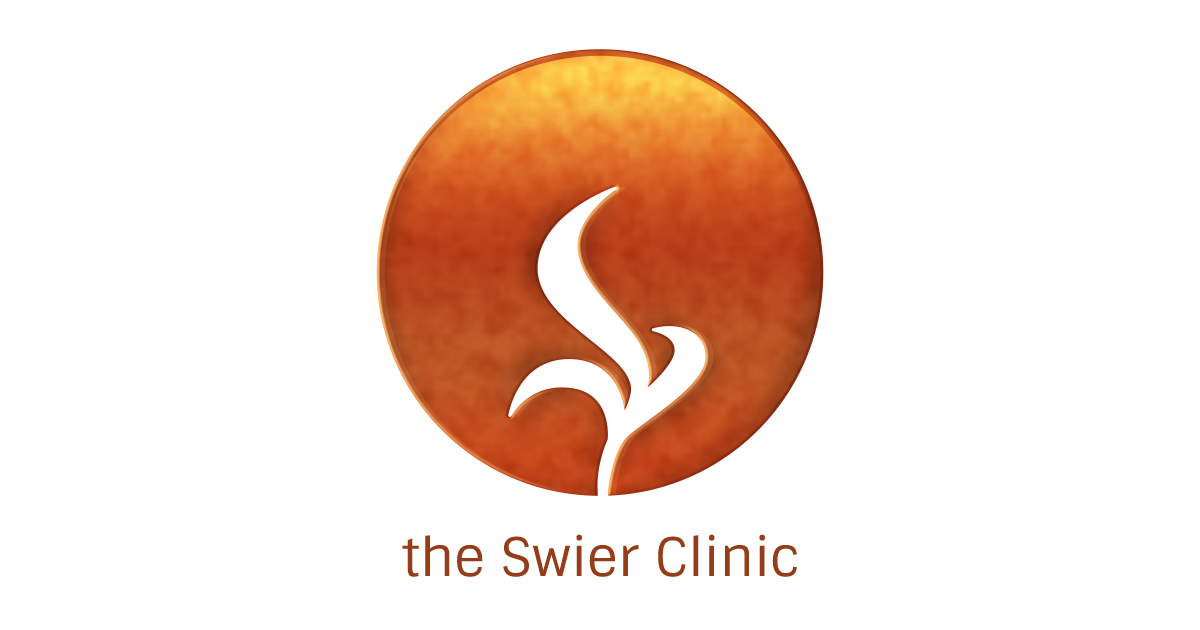The Swier Clinic treats a large number of patients with skin cancer, particularly in areas which are difficult to reconstruct like the face. The excision and reconstruction of skin cancer and the resulting skin defects on the face requires a special skill. As a plastic surgeon, do you not only have to make sure the cancer has been completely removed, the reconstruction should cause the least amount of scarring and deformity. Plastic surgeons are specially trained in facial surgery including the reconstruction of these defects using flaps or skin grafts and know how best to hide the scars. This should not come as a surprise since Dr. Patrick Swier’s plastic surgery residency training at Johns Hopkins and University of Baltimore combined program was 7 years during which he was trained extensively in reconstructions of the face and body from cancer or trauma at Johns Hopkins, Shock Trauma, the burn unit at Hopkins Bayview, the VA as well as the University of Maryland.
Skin cancers such as basal cell carcinoma, squamous cell carcinoma and melanoma are usually removed in the office using local anesthesia. The technique used to make sure all the cancer has been removed is called the Mohs technique. This technique is named after Dr Mohs who pioneered the technique. Dr Mohs was a general surgeon by training and was convinced that surgeons will be better surgeons if they have a thorough understanding of the pathology of the cancer they are treating. His technique includes mapping of the cancer following the initial excision (Mohs map) and removing additional cancer only in those areas where the margin is positive for residual cancer until it is clear. The literature shows time and time again that using this technique, you can achieve the highest clearance rate of skin cancers in addition to removing the least amount of tissue possible, which helps the reconstruction of the defect, particularly in the face.
The Procedure
After the area to be excised is numbed with local anesthetic, Dr. Patrick Swier defines the orientation of the specimen by marking the 12 o’clock margin and hands the specimen of to the Mohs technician. The Mohs technicians are specially trained histo technicians who prepare the tissue by staining, freezing and sectioning it, using a cryostat. The slides are then evaluated under the microscope by Dr. Patrick Swier who has a Pathologist on standby if there are any questions. Usually, the margins are clear after one excision but sometimes it takes 2 or 3 resections until all the margins are free of tumor. Following the resections, the wound is reconstructed. Reconstructions include simple, intermediate or complex closures, local tissue rearrangements, local flaps or even skin grafts. Reconstructions are generally performed the same day that the cancer is removed In the office. Occasionally, if the defect is too large to be reconstructed in the office, the reconstruction is scheduled to be done in the operating room in the surgery center or the hospital, depending on the age and medical condition of the patient. Generally, it takes about an hour to do the skin cancer excision, and the reconstruction and the patient spends about 60-90 minutes in our office.
Key Facts
Good Candidates: Adults of any age, who can lie down or sit in a chair for 60-90 minutes, preferably patients who do not smoke and do not have a life-threatening illness or medical condition that would impair healing.
Anesthesia: Most procedures are done under local anesthesia. If sedation has been used in the operating room at the surgery center or the hospital, you are no longer legally allowed to drive and have to be accompanied by an escort to take you home.
Length of procedure: The entire process generally takes 1–2 hours per lesion, but can be unpredictable at times since reconstructions cannot be performed until all the margins are free of tumor and a larger defect takes longer to reconstruct.
Length of stay: It is recommended that you take the day off work for the procedure, bring a good book to the office since minor delays are possible and rest assured that Dr. Patrick Swier takes the times he needs to do an excellent job for everyone and will not be rushed.
Discomfort: Minor bruising or swelling may be present at the incision site and usually lasts no longer than 1-2 weeks. Mild, usually controlled with over the counter pain medications.
Recovery: The patient will be required to limit physical activity to avoid stressing sutures as they heal. It is very important to precisely follow post-op instructions given by Dr. Patrick Swier to ensure proper healing and exceptional results. Patients are typically able to go back to work the day following in office procedures. If further reconstruction is needed at an outside facility, recovery time will be different.
Duration of results: Results should be long lasting, our recurrence rate is very low. On a recent audit it was 1 in 3000 cancers, while the recurrence rate in the literature is 2-5% per year which is 2-5 per 100 cancers. If the cancer recurs it can be due to the fact that the cancer is unexpectedly aggressive and would qualify for additional radiation therapy following the excision.

